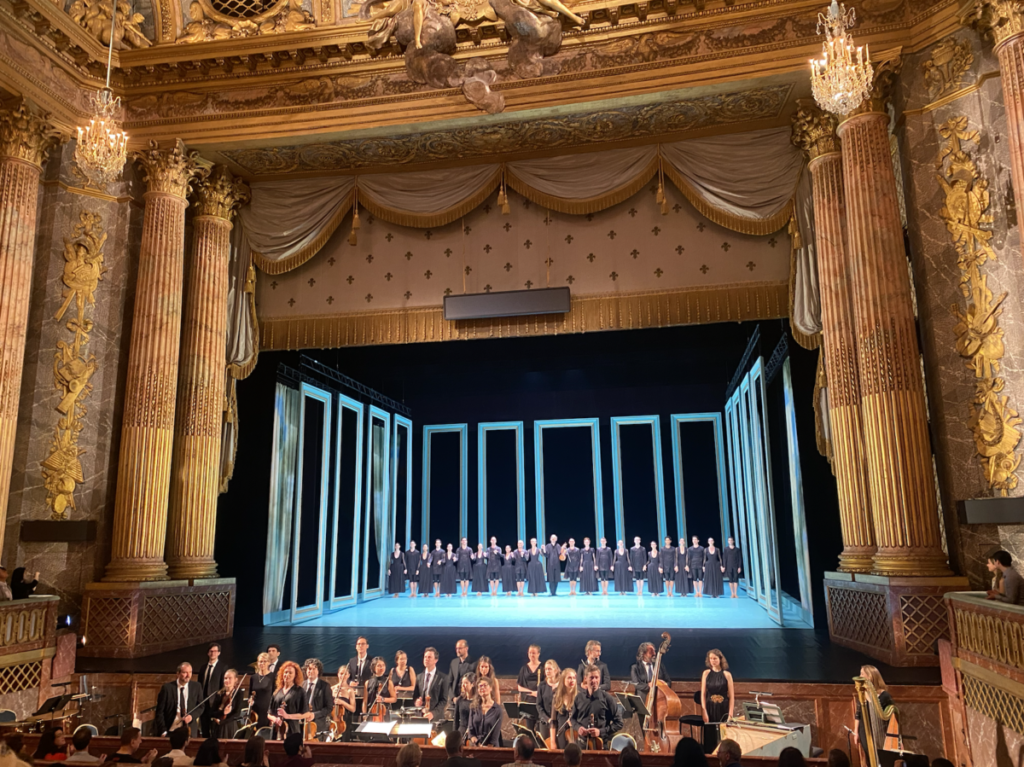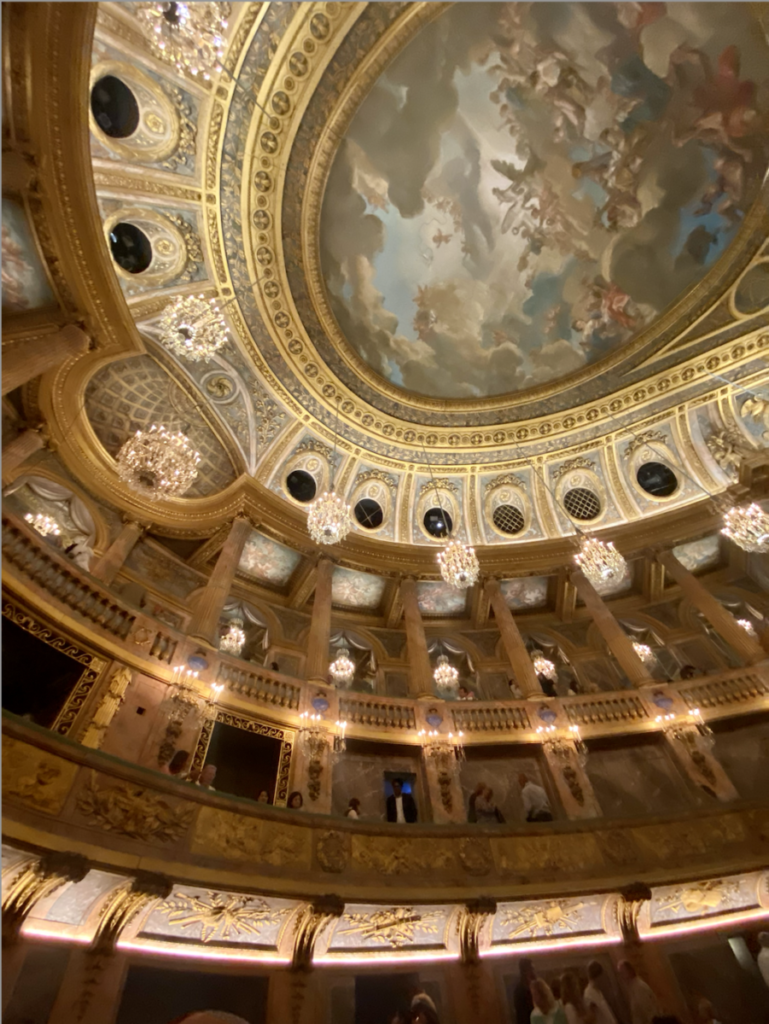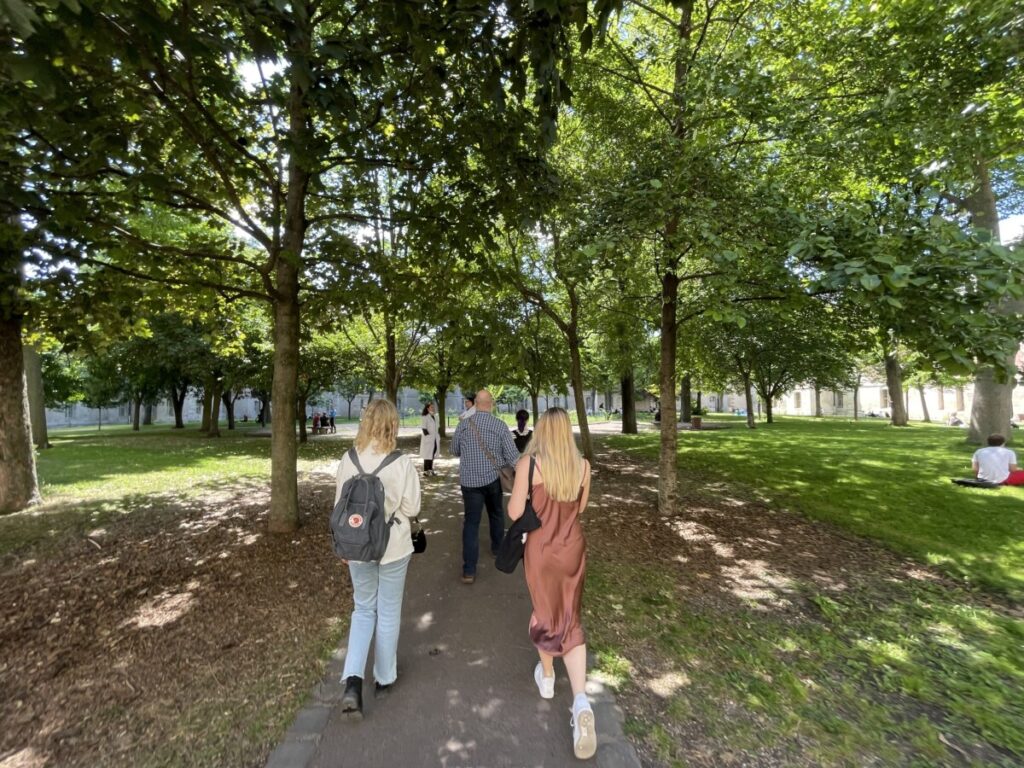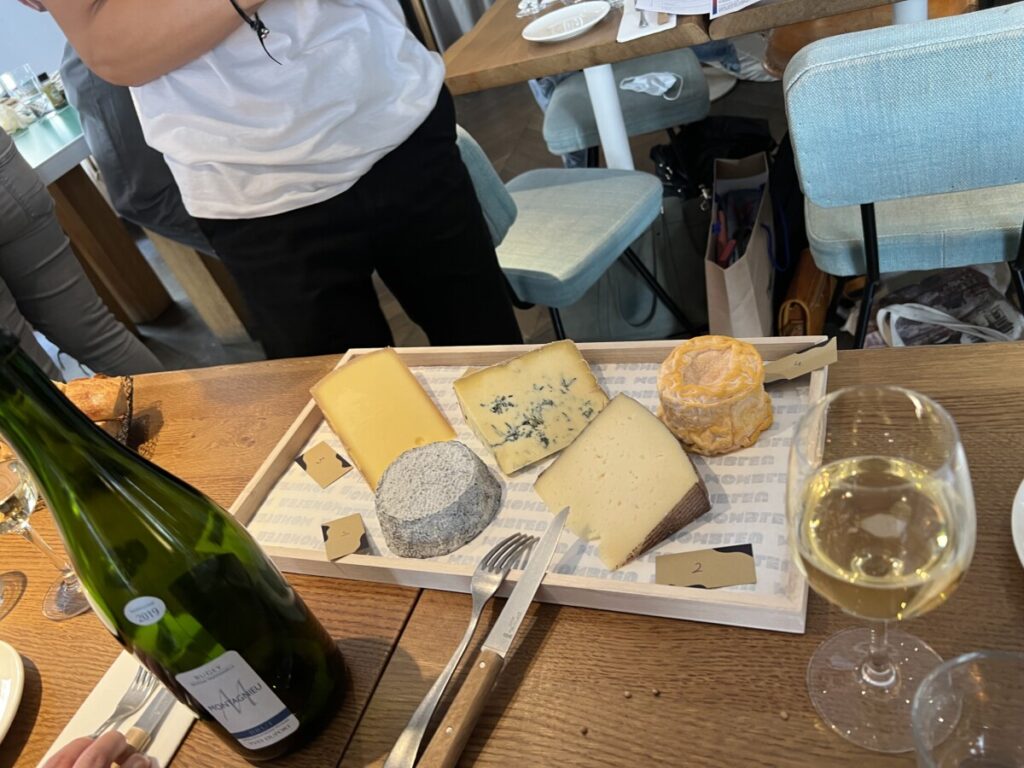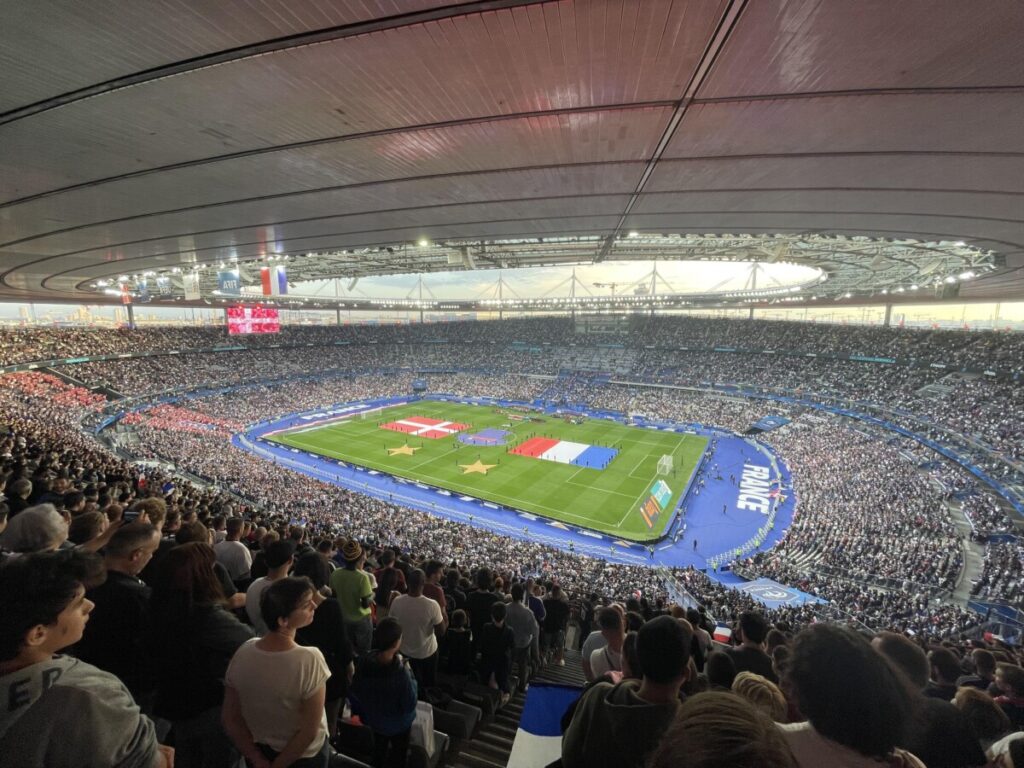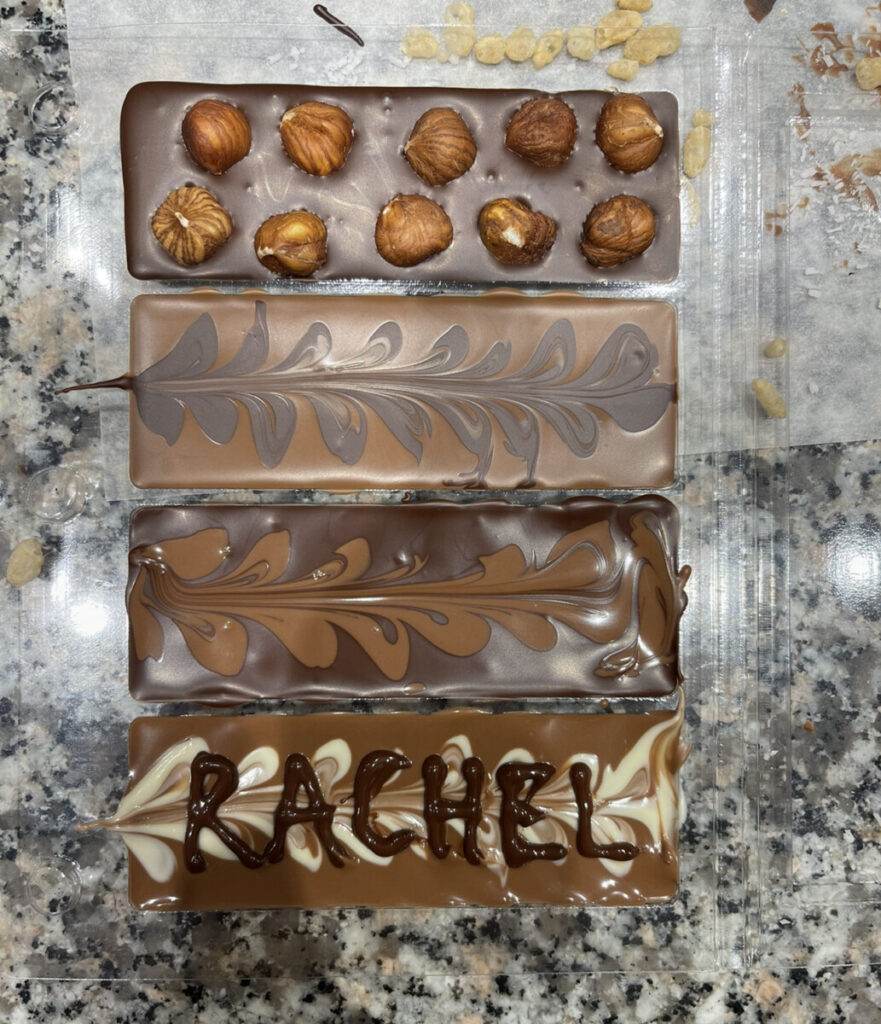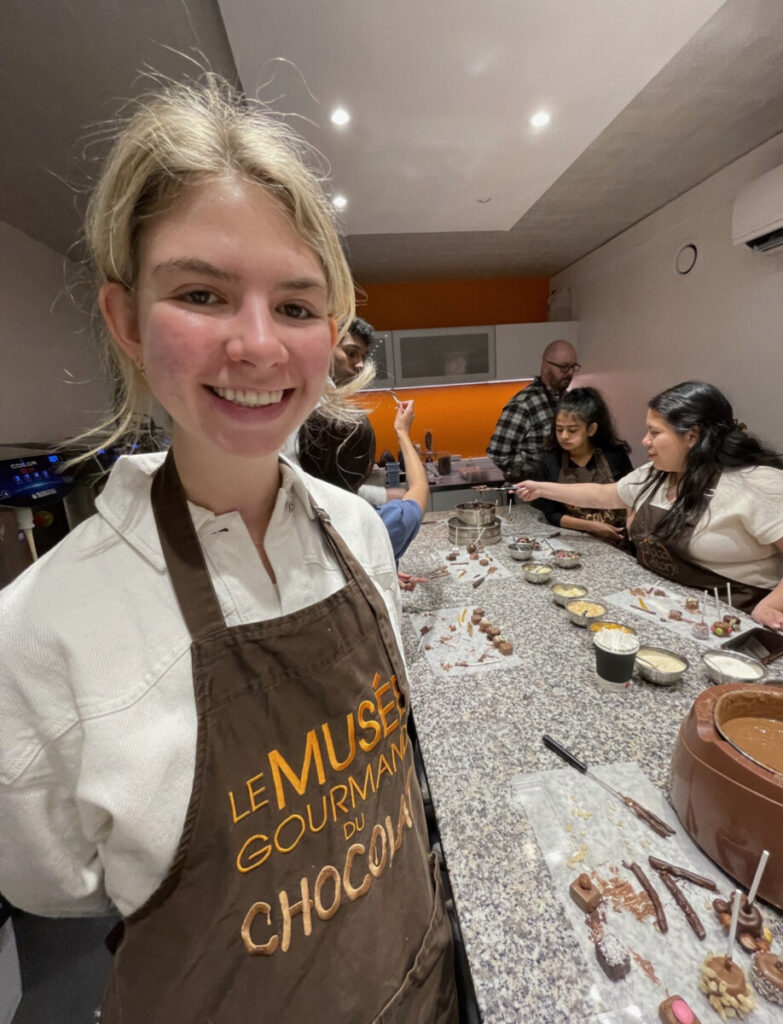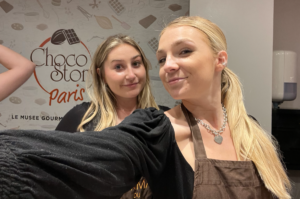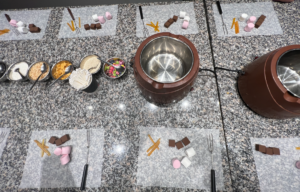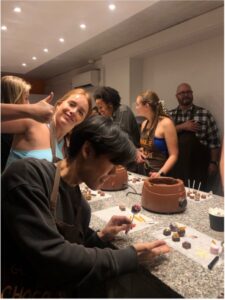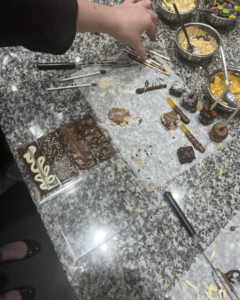By Duke McDaniels

Before Will Smith was known for causing head injuries, he was better known for their study. In his 2015 film “Concussion,” Smith portrayed Dr. Bennet Omalu, one of the most important scientists responsible for pioneering the study of Chronic Traumatic Encephalopathy (CTE) in American football players. Dr. Omalu’s research is largely responsible for the current interest in the effects of constant concussions on players of contact sports, and when one is aware of and looking for these concussions in the midst of such sports, they cease to be mere accessories of the pastime and become impossible to overlook.
When I finally set off for the Stade de France after an intense internal debate about whether or not to attend the rugby game on the program schedule, this is the attitude I expected to have as a scientifically-inclined spectator. As someone with a generally low interest in professional sports, I had resolved to observe the rugby game to study the frequency of these head injuries in real time. So, when to my great surprise the players jogging onto the field were accompanied by a ball that was significantly more round and checkered than the rugby ball I had expected, I discovered in a shocking twist that what we were actually spectating was the France vs Denmark Nations League game.
The distinction between rugby and soccer initially appeared to be night and day for me with regards to concussion frequency. 30 massive dudes charging at each other headfirst versus 22 dancing their way across the field with the slightest tap resulting in an Oscar-worthy performance? Come on. However, as I continued my mission of tracking head injuries, I realized they happened much more frequently than I expected. Despite the focus being on the lower parts of the player’s bodies, soccer is still very much a contact sport, and the neurology of the players supports this. A 2019 retrospective study by Mackay et al. found that among the nearly 8000 former professional soccer players they followed, the 15.4% which died across the length of the study were more likely to have a cause of death related to neurodegenerative disease than controls, and were also prescribed dementia medication more frequently (Mackay et al, 2019). While still not on the level of other sports, soccer players are just as much at risk of these types of injuries, as well as their long-term consequences. We as scientists and as fans (if you’re into that sort of thing) have a responsibility to make it known.

Mackay, D. F., Russell, E. R., Stewart, K., MacLean, J. A., Pell, J. P., & Stewart, W. (2019). Neurodegenerative disease mortality among former professional soccer players. New England Journal of Medicine, 381(19), 1801–1808. https://doi.org/10.1056/nejmoa1908483

